Horizontal Mounting Synchronous Motor
Vertical Mounting Synchronous Motor
Medium Voltage
Low Voltage
Compressors
Pumps
Fans
Extruders
Mixers
Others
Oil & Gas
Chemicals & Petrochemicals
Mining
Metals
Others
North America Synchronous Motor by Mount TypeHorizontal Mounting Synchronous Motor
Vertical Mounting Synchronous Motor
North America Synchronous Motor by Voltage ClassMedium Voltage
Low Voltage
North America Synchronous Motor by ApplicationCompressors
Pumps
Fans
Extruders
Mixers
Others
North America Synchronous Motor by End UserOil & Gas
Chemicals & Petrochemicals
Mining
Metals
Others
US Synchronous Motor by Mount TypeHorizontal Mounting Synchronous Motor
Vertical Mounting Synchronous Motor
US Synchronous Motor by Voltage ClassMedium Voltage
Low Voltage
US Synchronous Motor by ApplicationCompressors
Pumps
Fans
Extruders
Mixers
Others
US Synchronous Motor by End UserOil & Gas
Chemicals & Petrochemicals
Mining
Metals
Others
CANADA Synchronous Motor by Mount TypeHorizontal Mounting Synchronous Motor
Vertical Mounting Synchronous Motor
CANADA Synchronous Motor by Voltage ClassMedium Voltage
Low Voltage
CANADA Synchronous Motor by ApplicationCompressors
Pumps
Fans
Extruders
Mixers
Others
CANADA Synchronous Motor by End UserOil & Gas
Chemicals & Petrochemicals
Mining
Metals
Others
Europe Synchronous Motor by Mount TypeHorizontal Mounting Synchronous Motor
Vertical Mounting Synchronous Motor
Europe Synchronous Motor by Voltage ClassMedium Voltage
Low Voltage
Europe Synchronous Motor by ApplicationCompressors
Pumps
Fans
Extruders
Mixers
Others
Europe Synchronous Motor by End UserOil & Gas
Chemicals & Petrochemicals
Mining
Metals
Others
Germany Synchronous Motor by Mount TypeHorizontal Mounting Synchronous Motor
Vertical Mounting Synchronous Motor
Germany Synchronous Motor by Voltage ClassMedium Voltage
Low Voltage
Germany Synchronous Motor by ApplicationCompressors
Pumps
Fans
Extruders
Mixers
Others
Germany Synchronous Motor by End UserOil & Gas
Chemicals & Petrochemicals
Mining
Metals
Others
France Synchronous Motor by Mount TypeHorizontal Mounting Synchronous Motor
Vertical Mounting Synchronous Motor
France Synchronous Motor by Voltage ClassMedium Voltage
Low Voltage
France Synchronous Motor by ApplicationCompressors
Pumps
Fans
Extruders
Mixers
Others
France Synchronous Motor by End UserOil & Gas
Chemicals & Petrochemicals
Mining
Metals
Others
UK Synchronous Motor by Mount TypeHorizontal Mounting Synchronous Motor
Vertical Mounting Synchronous Motor
UK Synchronous Motor by Voltage ClassMedium Voltage
Low Voltage
UK Synchronous Motor by ApplicationCompressors
Pumps
Fans
Extruders
Mixers
Others
UK Synchronous Motor by End UserOil & Gas
Chemicals & Petrochemicals
Mining
Metals
Others
ITALY Synchronous Motor by Mount TypeHorizontal Mounting Synchronous Motor
Vertical Mounting Synchronous Motor
ITALY Synchronous Motor by Voltage ClassMedium Voltage
Low Voltage
ITALY Synchronous Motor by ApplicationCompressors
Pumps
Fans
Extruders
Mixers
Others
ITALY Synchronous Motor by End UserOil & Gas
Chemicals & Petrochemicals
Mining
Metals
Others
Spain Synchronous Motor by Mount TypeHorizontal Mounting Synchronous Motor
Vertical Mounting Synchronous Motor
Spain Synchronous Motor by Voltage ClassMedium Voltage
Low Voltage
Spain Synchronous Motor by ApplicationCompressors
Pumps
Fans
Extruders
Mixers
Others
Spain Synchronous Motor by End UserOil & Gas
Chemicals & Petrochemicals
Mining
Metals
Others
Rest Of Europe Synchronous Motor by Mount TypeHorizontal Mounting Synchronous Motor
Vertical Mounting Synchronous Motor
REST OF EUROPE Synchronous Motor by Voltage ClassMedium Voltage
Low Voltage
REST OF EUROPE Synchronous Motor by ApplicationCompressors
Pumps
Fans
Extruders
Mixers
Others
REST OF EUROPE Synchronous Motor by End UserOil & Gas
Chemicals & Petrochemicals
Mining
Metals
Others
Asia-Pacific Synchronous Motor by Mount TypeHorizontal Mounting Synchronous Motor
Vertical Mounting Synchronous Motor
Asia-Pacific Synchronous Motor by Voltage ClassMedium Voltage
Low Voltage
Asia-Pacific Synchronous Motor by ApplicationCompressors
Pumps
Fans
Extruders
Mixers
Others
Asia-Pacific Synchronous Motor by End UserOil & Gas
Chemicals & Petrochemicals
Mining
Metals
Others
China Synchronous Motor by Mount TypeHorizontal Mounting Synchronous Motor
Vertical Mounting Synchronous Motor
China Synchronous Motor by Voltage ClassMedium Voltage
Low Voltage
China Synchronous Motor by ApplicationCompressors
Pumps
Fans
Extruders
Mixers
Others
China Synchronous Motor by End UserOil & Gas
Chemicals & Petrochemicals
Mining
Metals
Others
Japan Synchronous Motor by Mount TypeHorizontal Mounting Synchronous Motor
Vertical Mounting Synchronous Motor
Japan Synchronous Motor by Voltage ClassMedium Voltage
Low Voltage
Japan Synchronous Motor by ApplicationCompressors
Pumps
Fans
Extruders
Mixers
Others
Japan Synchronous Motor by End UserOil & Gas
Chemicals & Petrochemicals
Mining
Metals
Others
India Synchronous Motor by Mount TypeHorizontal Mounting Synchronous Motor
Vertical Mounting Synchronous Motor
India Synchronous Motor by Voltage ClassMedium Voltage
Low Voltage
India Synchronous Motor by ApplicationCompressors
Pumps
Fans
Extruders
Mixers
Others
India Synchronous Motor by End UserOil & Gas
Chemicals & Petrochemicals
Mining
Metals
Others
Australia Synchronous Motor by Mount TypeHorizontal Mounting Synchronous Motor
Vertical Mounting Synchronous Motor
Australia Synchronous Motor by Voltage ClassMedium Voltage
Low Voltage
Australia Synchronous Motor by ApplicationCompressors
Pumps
Fans
Extruders
Mixers
Others
Australia Synchronous Motor by End UserOil & Gas
Chemicals & Petrochemicals
Mining
Metals
Others
Rest of Asia-Pacific Synchronous Motor by Mount TypeHorizontal Mounting Synchronous Motor
Vertical Mounting Synchronous Motor
Rest of Asia-Pacific Synchronous Motor by Voltage ClassMedium Voltage
Low Voltage
Rest of Asia-Pacific Synchronous Motor by ApplicationCompressors
Pumps
Fans
Extruders
Mixers
Others
Rest of Asia-Pacific Synchronous Motor by End UserOil & Gas
Chemicals & Petrochemicals
Mining
Metals
Others
Rest of the World Synchronous Motor by Mount TypeHorizontal Mounting Synchronous Motor
Vertical Mounting Synchronous Motor
Rest of the World Synchronous Motor by Voltage ClassMedium Voltage
Low Voltage
Rest of the World Synchronous Motor by ApplicationCompressors
Pumps
Fans
Extruders
Mixers
Others
Rest of the World Synchronous Motor by End UserOil & Gas
Chemicals & Petrochemicals
Mining
Metals
Others
Middle East Synchronous Motor by Mount TypeHorizontal Mounting Synchronous Motor
Vertical Mounting Synchronous Motor
Middle East Synchronous Motor by Voltage ClassMedium Voltage
Low Voltage
Middle East Synchronous Motor by ApplicationCompressors
Pumps
Fans
Extruders
Mixers
Others
Middle East Synchronous Motor by End UserOil & Gas
Chemicals & Petrochemicals
Mining
Metals
Others
Africa Synchronous Motor by Mount TypeHorizontal Mounting Synchronous Motor
Vertical Mounting Synchronous Motor
Africa Synchronous Motor by Voltage ClassMedium Voltage
Low Voltage
Africa Synchronous Motor by ApplicationCompressors
Pumps
Fans
Extruders
Mixers
Others
Africa Synchronous Motor by End UserOil & Gas
Chemicals & Petrochemicals
Mining
Metals
Others
Latin America Synchronous Motor by Mount TypeHorizontal Mounting Synchronous Motor
Vertical Mounting Synchronous Motor
Latin America Synchronous Motor by Voltage ClassMedium Voltage
Low Voltage
Latin America Synchronous Motor by ApplicationCompressors
Pumps
Fans
Extruders
Mixers
Others
Latin America Synchronous Motor by End UserOil & Gas
Chemicals & Petrochemicals
Mining
Metals
Others
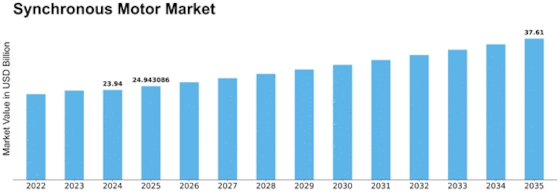

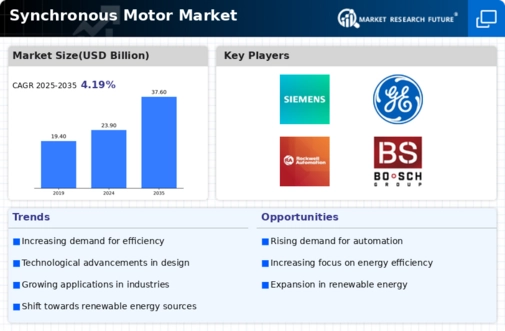

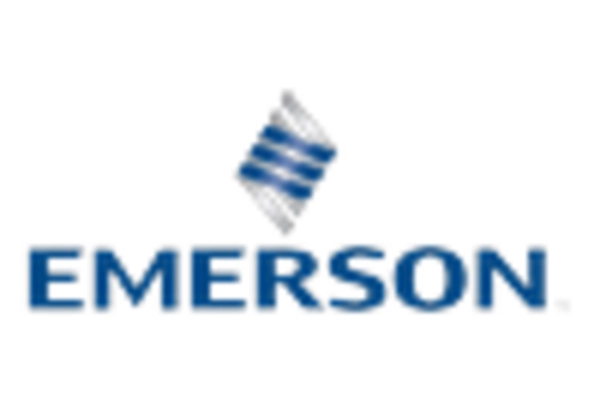
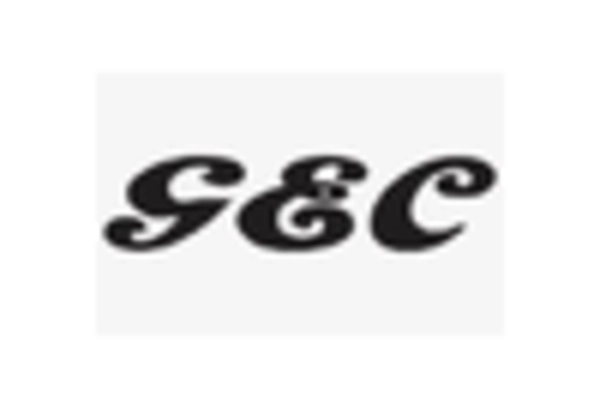
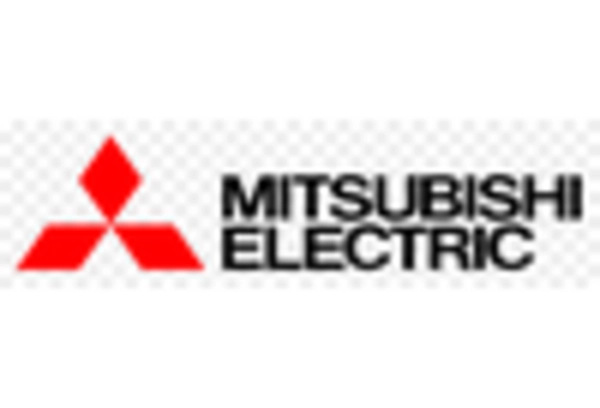
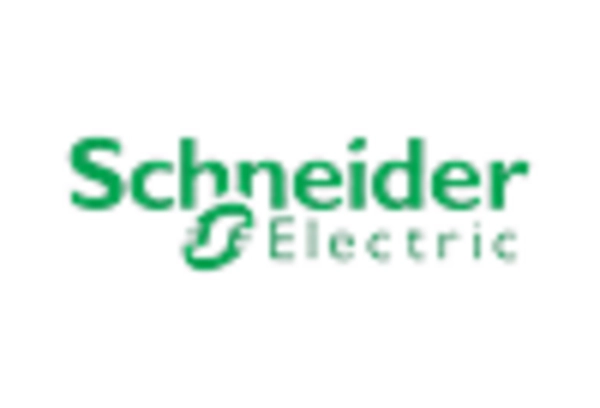
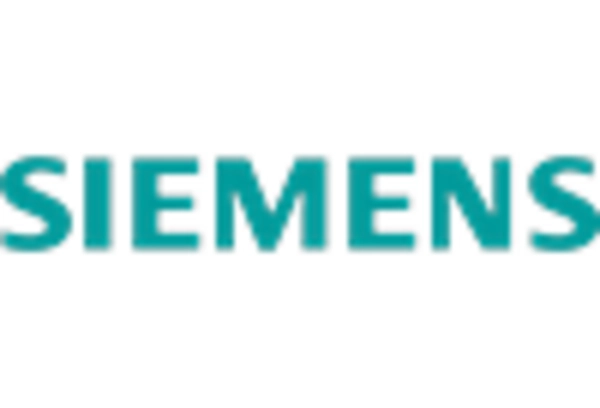









Leave a Comment